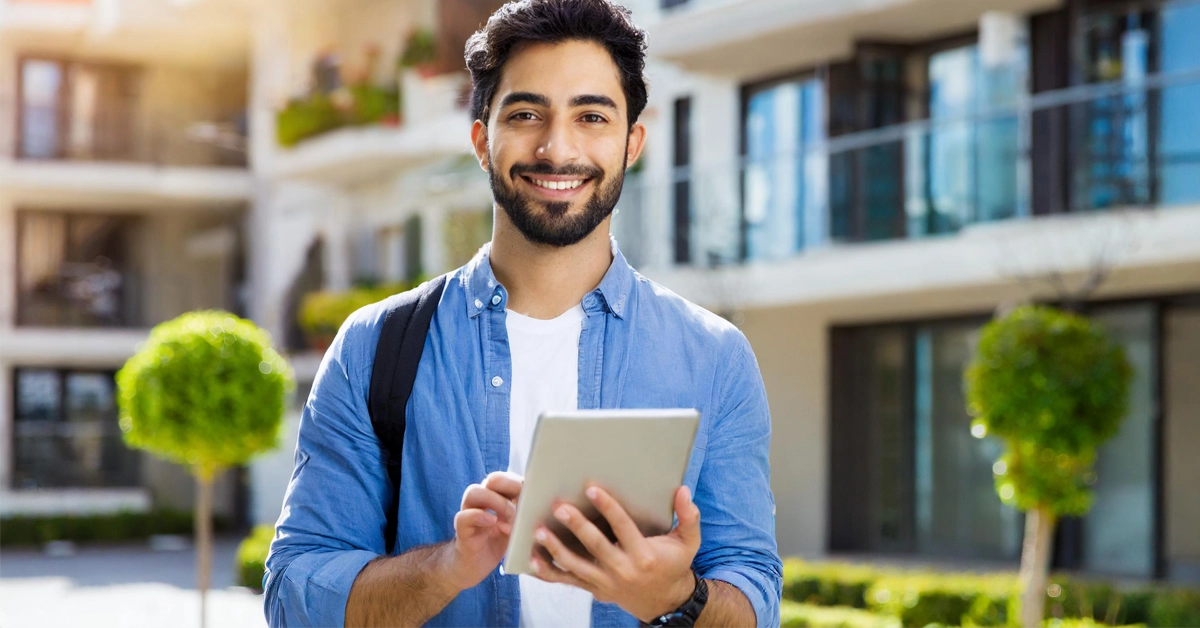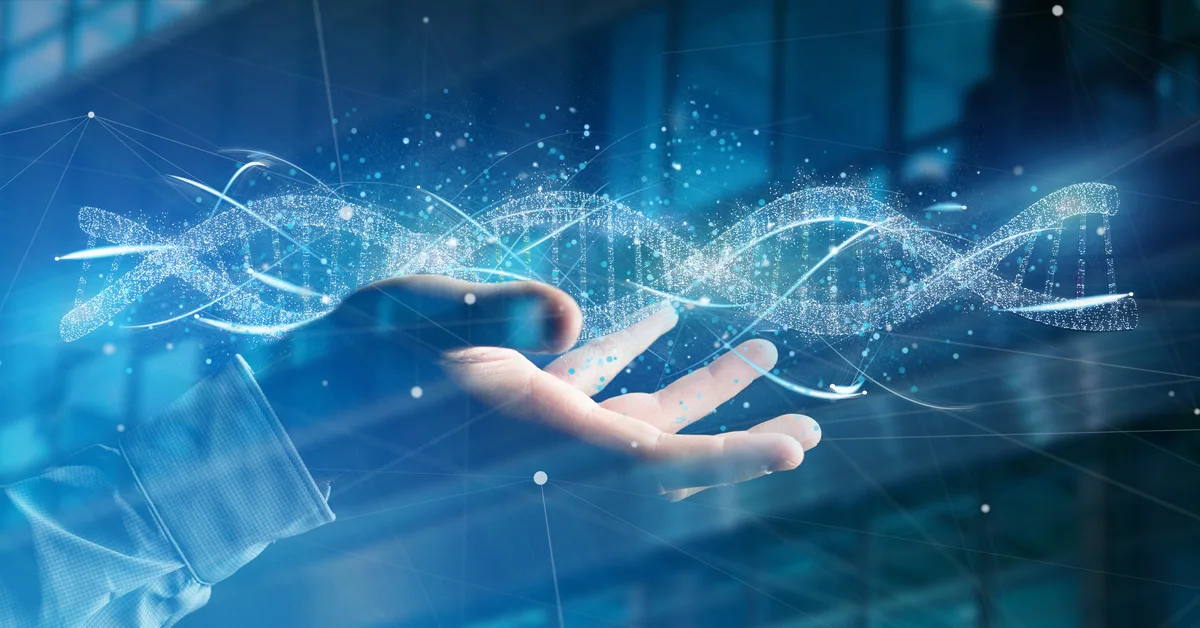

Subscriber line cards in telecommunications come in various types, including analog line cards, digital line cards, and VoIP line cards. Analog line cards are used for traditional phone lines, digital line cards for digital phone lines, and VoIP line cards for Voice over Internet Protocol services. Each type of line card serves a specific purpose in connecting users to the network and enabling communication services.
MDU Internet Infrastructure Used Currently For Commercial Applications in 2024
Subscriber line cards enhance the performance of network equipment by providing the necessary interfaces for users to connect to the network. These line cards act as the bridge between the user's device and the network, ensuring seamless communication and data transfer. By supporting different types of connections and protocols, line cards help optimize network performance and reliability.
Multi-dwelling unit (MDU) residents no longer just expect a roof over their heads; they demand a reliable connected existence. Connectivity is key. The internet isnot only an indispensable utility, but one that MDU residents expect property owners to provide. This post explores why a reliable internet service is crucial for property management and the potential consequences of dead spots, slow speeds, and internet downtime.

Posted by on 2024-02-07
Greetings from the technical forefront of Dojo Networks, your community’s internet service provider. In this article, we embark on a technical journey to explore the intricacies of WiFi connectivity within your apartment complex. As WiFi ninjas, we'll delve into the advanced mechanisms and protocols underpinning our managed network, detail the disruptive influence caused by personal routers, and explain why a unified approach from all residents is essential for ensuring optimal internet performance.

Posted by on 2024-01-18
It’s in our DNA. It made us who we are. DojoNetworks got its start more than 20 years ago as an internet company selling retail direct to MDU residents. We sold against the big carriers… one customer at a time. To win over–and retain–customers who assumed the cable company was their only option, we had to provide better value and better service. No other service provider in our industry, no one, has this amount of direct-to-customer experience or success. The carriers were used to being the only game in town, and the other MSPs all started with bulk, knowing they had a captive audience. A few MSPs are just now starting to offer opt-in service and have a year or two of experience.

Posted by on 2023-10-30
Smart apartment buildings, equipped with cutting-edge technology and automation systems, are becoming the new standard in property management. In this comprehensive guide, we will explore the concept of smart apartment buildings, the benefits they offer to owners and tenants, how to build or upgrade to one, the key features and technologies involved, and the steps to plan and implement a smart apartment building strategy.

Posted by on 2023-09-25
For students and other multi-tenant property residents, high-speed internet service is no longer a luxury. It’s a necessity. Internet access is commonly referred to as the “fourth utility” and is viewed by many to be THE MOST IMPORTANT UTILITY™.

Posted by on 2023-07-20
Subscriber line cards play a crucial role in increasing bandwidth capacity for users by enabling high-speed data transmission and communication. With the ability to support various network interfaces, line cards allow users to access faster internet speeds and transfer larger amounts of data. This increased bandwidth capacity enhances the overall user experience and productivity.

Subscriber line cards can support different types of network interfaces, such as Ethernet, T1/E1, DSL, and fiber optic interfaces. This versatility allows users to choose the most suitable connection type for their specific needs and requirements. Whether it's for residential, business, or industrial use, line cards can accommodate a wide range of network interfaces to ensure seamless connectivity.
Subscriber line cards contribute to the scalability of network systems by providing modular expansion options. Users can easily add or upgrade line cards to increase the number of connections, bandwidth capacity, and network coverage. This scalability feature allows network systems to grow and adapt to changing demands without the need for extensive infrastructure changes.

When selecting a subscriber line card for a specific network setup, key features to consider include compatibility with existing equipment, support for required network interfaces, scalability options, reliability, and performance capabilities. It's essential to choose a line card that meets the specific needs of the network and can seamlessly integrate with other components for optimal functionality.
Subscriber line cards help in optimizing network traffic management and routing by efficiently handling data packets and directing them to their intended destinations. With advanced routing capabilities and quality of service features, line cards can prioritize traffic, reduce latency, and ensure smooth communication between users and network resources. By effectively managing network traffic, line cards contribute to a more efficient and reliable network operation.

When considering MDU internet installations, there are several environmental considerations that must be taken into account. These include the impact on local ecosystems, potential disruption to wildlife habitats, and the use of sustainable materials and practices. It is important to assess the carbon footprint of the installation process, as well as the long-term energy consumption of the internet infrastructure within the MDU. Additionally, proper waste management and recycling practices should be implemented to minimize environmental harm. By incorporating green technologies, such as energy-efficient equipment and renewable energy sources, MDU internet installations can reduce their environmental impact and contribute to a more sustainable future.
IPTV integration with internet services in MDUs involves the delivery of television content over an internet protocol network within multi-dwelling units. This integration allows residents to access a wide range of television channels, on-demand content, and interactive features through a single internet connection. By utilizing fiber-optic or high-speed internet connections, IPTV services can provide high-quality video streaming, seamless channel switching, and advanced features such as video-on-demand, time-shifted TV, and interactive applications. This integration enhances the overall entertainment experience for residents while also simplifying the management and delivery of television services within MDUs. Additionally, IPTV services can be easily bundled with internet and phone services, offering residents a comprehensive and cost-effective solution for their communication and entertainment needs.
When it comes to managing tenant turnovers in relation to MDU internet services, property managers typically work closely with internet service providers to ensure a smooth transition for new tenants. This process may involve coordinating the disconnection of services for outgoing tenants, setting up new accounts for incoming tenants, and scheduling installation appointments. Property managers may also communicate with tenants about the availability of internet services, troubleshooting any issues that may arise during the turnover process. By staying proactive and organized, property managers can minimize disruptions and ensure that tenants have access to reliable internet services throughout the turnover period.
Optical Transport Networks (OTNs) play a crucial role in enhancing the scalability of Multi-Dwelling Unit (MDU) internet infrastructure by providing high-capacity, low-latency, and reliable connectivity for a large number of users in a shared living space. By utilizing advanced wavelength division multiplexing (WDM) technology, OTNs can efficiently transport multiple data streams over a single fiber optic cable, increasing the overall bandwidth available to MDU residents. Additionally, OTNs support flexible network configurations, allowing for easy expansion and upgrades to accommodate growing demand for high-speed internet services in MDUs. The use of OTNs also helps reduce network congestion and improve overall performance, ensuring a seamless and reliable internet experience for all users in the MDU environment.
The implementation of IPv6 in MDU internet connectivity can have a significant impact on network performance and scalability. By transitioning to IPv6, MDUs can accommodate a larger number of connected devices within their network, as IPv6 offers a vastly expanded address space compared to IPv4. This allows for improved connectivity and better support for emerging technologies such as IoT devices, smart home systems, and high-bandwidth applications. Additionally, IPv6 implementation can enhance network security by providing built-in features such as IPsec for secure communication. Overall, the adoption of IPv6 in MDU internet connectivity can lead to a more efficient and future-proof network infrastructure.
When deploying fiber optics in MDUs, there are several typical installation challenges that may arise. These challenges can include limited space for equipment, difficulties in accessing individual units, navigating existing infrastructure, ensuring proper cable management, and addressing potential interference issues. Additionally, factors such as building materials, tenant preferences, and regulatory requirements can further complicate the installation process. It is important for technicians to have specialized training and experience in working with MDUs to effectively overcome these challenges and ensure a successful fiber optic deployment. By carefully planning and coordinating with building management and residents, these obstacles can be mitigated to achieve a reliable and efficient fiber optic network in MDUs.